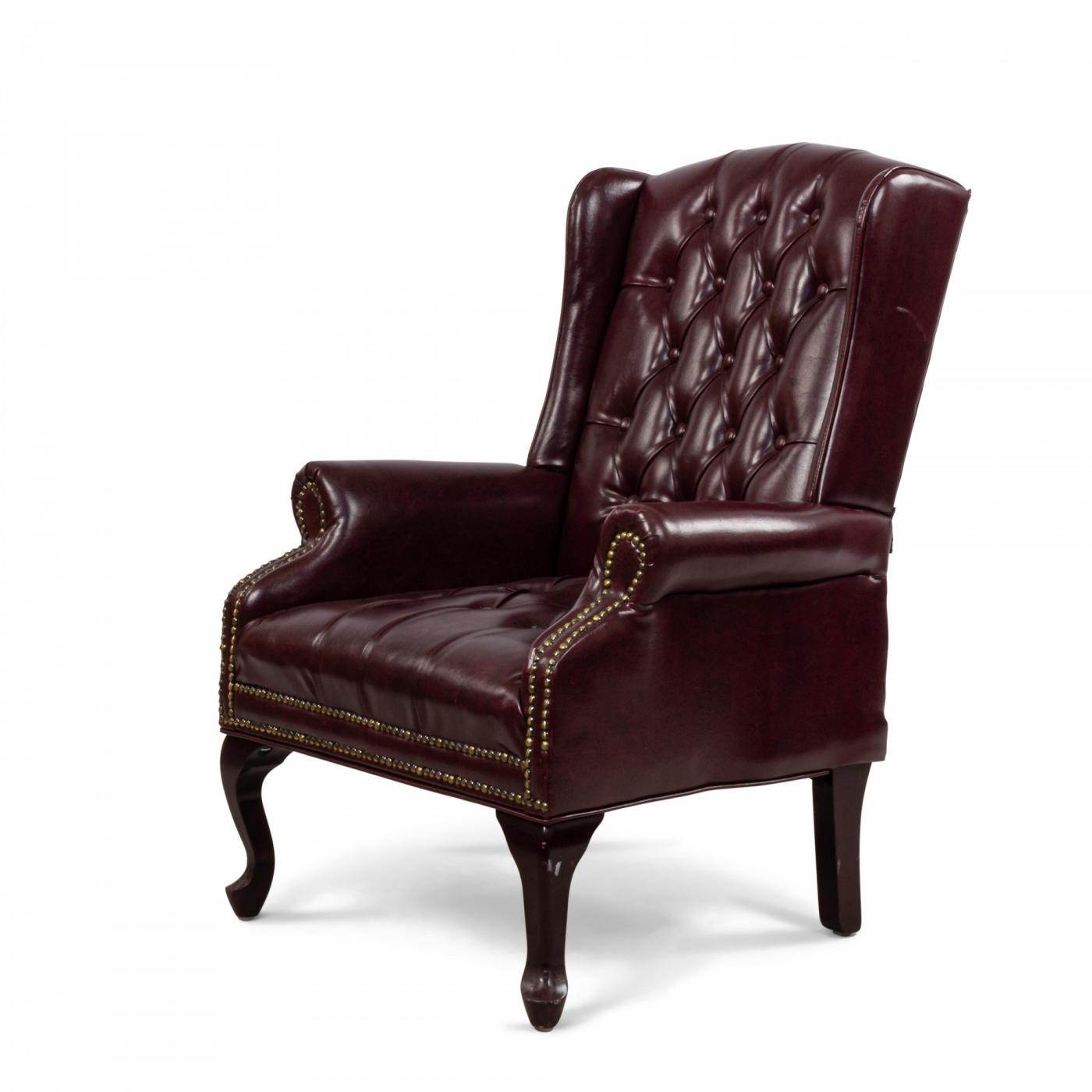Consumer Preferences and Design Considerations for South African Wingback Rocking Chairs: Wingback Rocking Chair South Africa

South African consumers demonstrate diverse preferences when it comes to wingback rocking chairs, influenced by a blend of traditional aesthetics and modern design trends. Understanding these preferences is crucial for manufacturers and designers seeking to create successful products within the market. Factors such as climate, lifestyle, and cultural heritage play significant roles in shaping consumer choices.
Aesthetic Preferences in South African Wingback Rocking Chair Design
Color choices often reflect the vibrant South African landscape and interior design trends. Earthy tones like terracotta, olive green, and various shades of brown remain popular, mirroring the natural environment. However, bolder colors like turquoise and sunny yellows are also finding their place, especially in coastal regions or homes with modern décor. Size preferences vary; while larger chairs are preferred in spacious homes, smaller, more compact designs are gaining traction in apartments and smaller living spaces. Design features such as intricate wood carvings, woven details, and patterned upholstery are sought after, reflecting a desire for both comfort and visual appeal. Many consumers appreciate the addition of features such as comfortable cushions, and headrests.
Cultural Influences on Wingback Rocking Chair Design and Popularity
South Africa’s diverse cultural heritage significantly influences the design and appeal of wingback rocking chairs. Traditional woodcarving techniques, prevalent in certain cultural groups, are sometimes incorporated into chair designs, adding a unique, handcrafted touch. The use of specific wood types, such as kiaat or stinkwood, might be favored due to their durability and association with local craftsmanship. Furthermore, the integration of patterns and colors inspired by traditional textiles and artwork can enhance the cultural significance and appeal of the chairs. For example, a chair might feature upholstery with patterns inspired by Ndebele art, adding a distinctly South African character.
Examples of Wingback Rocking Chair Designs Tailored to the South African Market, Wingback rocking chair south africa
Three distinct designs exemplify the potential for catering to diverse South African preferences:
Wingback rocking chair south africa – Design 1: The “Cape Classic”
This design emphasizes simplicity and elegance. It features a sturdy frame constructed from sustainably sourced kiaat wood, finished with a natural oil to highlight the wood grain. The curved backrest and comfortable seat are upholstered in a neutral-toned, durable fabric, such as linen. Simple, understated lines and a classic silhouette make this chair suitable for various interior styles. This design is suitable for those who appreciate traditional craftsmanship and minimalist aesthetics.
Design 2: The “Coastal Breeze”
Designed with a coastal aesthetic in mind, this chair incorporates a lighter, brighter color palette. The frame is made from sustainably sourced pine, painted in a cheerful turquoise. The upholstery features a vibrant, geometric pattern inspired by traditional South African beadwork. Comfortable, weather-resistant cushions are included to ensure relaxation and comfort even outdoors. This design is suited for those who live near the coast and appreciate bright colors and patterns.
Design 3: The “Safari Sunset”
This design captures the essence of the South African savanna. The frame is constructed from dark stained oak, creating a rich, warm aesthetic. The upholstery features a textured fabric in earthy tones, such as terracotta and beige, evoking the colors of a sunset. Intricate wood carvings inspired by traditional Zulu designs adorn the armrests and backrest, adding a unique touch of cultural heritage. This design is suitable for those who appreciate bold colors and intricate detailing.
